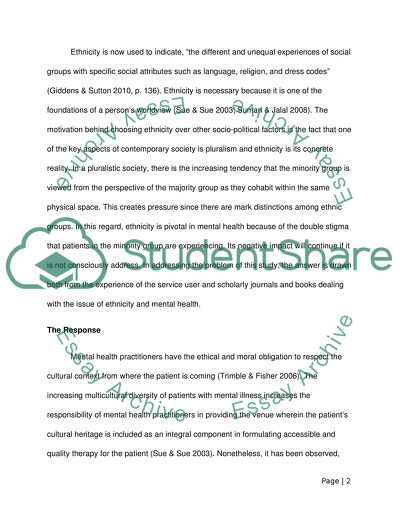Cite this document
(“Socio-Political Factors And Mental Health Essay”, n.d.)
Retrieved from https://studentshare.org/nursing/1442573-with-reference-to-course-literature-discuss-how
Retrieved from https://studentshare.org/nursing/1442573-with-reference-to-course-literature-discuss-how
(Socio-Political Factors And Mental Health Essay)
https://studentshare.org/nursing/1442573-with-reference-to-course-literature-discuss-how.
https://studentshare.org/nursing/1442573-with-reference-to-course-literature-discuss-how.
“Socio-Political Factors And Mental Health Essay”, n.d. https://studentshare.org/nursing/1442573-with-reference-to-course-literature-discuss-how.


